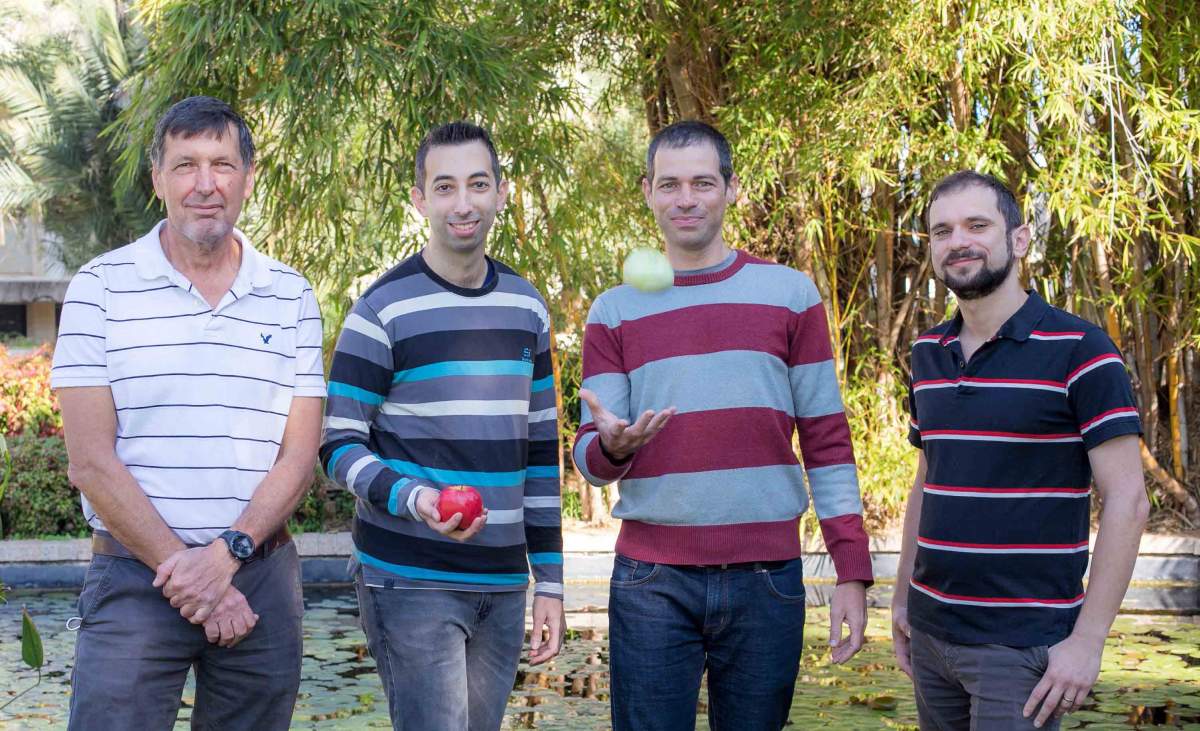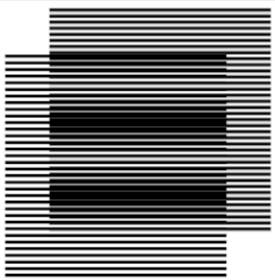Are you a journalist? Please sign up here for our press releases
Subscribe to our monthly newsletter:
Satellite-based GPS is a wondrous invention, but even GPS has its limitations – such as in navigating underwater or when one of the orbiting satellites malfunctions. GPS, like atlases and paper maps, works on parameters of distance and height, but there are other ways to measure locations and routes – for example, by charting the Earth’s gravitational field or, in the near future, by basing very small guidance systems on the trajectories of atoms. Such atomic systems could be used for navigation without GPS.
These atomic systems, known as cold-atom interferometers, work on a well-known quantum principle. Quantum particles like photons or electrons can act as waves; as waves they split into two in a device like an interferometer and then recombine, the patterns of interference between the two waves revealing information about that particle’s trajectory. Creating interferometers that work with atomic matter waves is significantly more challenging than with light, because to perform properly as quantum particles, atoms must be cooled to temperatures of just a few millionths of a degree above absolute zero. Nonetheless, researchers in several leading labs around the globe have been developing the technology, in part as a highly accurate means of navigation. The method can also measure slight changes in gravitational forces acting on the atom.

Weizmann Institute of Science researchers recently demonstrated a way to make this technology even more useful, by greatly extending the range of the measurements it can perform. Chen Avinadav and Dr. Dimitry Yankelev in the groups of Dr. Ofer Firstenberg and Prof. Nir Davidson, all in the Physics of Complex Systems Department, led this research.
Interferometers are generally highly sensitive, but they are but limited in range. Measuring with an instrument like an interferometer has the same limitations as weighing something on a mechanical scale: There is always a trade-off between the range of measurement and the sensitivity. Your bathroom scale, for example, has a range of around 100 kilograms, but it cannot tell if your weight has changed by a few grams. Your kitchen scale, on the other hand, has a range of around a kilogram but is sensitive down to a gram or less.

The Institute researchers found a way around this limitation for atomic interferometers by performing several measurements at slightly different scales. When these are combined, the interfering waves generate a so-called “moire” pattern, which extends the range of the measurement many times over. In the present study, the research team succeeded in building on their previous improvements in obtaining moire measurements, as well as reducing the noise inherent in the process. They developed a system based on simultaneous measurements of two scales in interferometer setups that were identical in all other ways.
The range of measurement could be extended up to a thousand times over, with almost no sacrifice in the sensitivity
When two or three such measurements were taken in quick succession, the range of measurement could be extended up to a thousand times over, with almost no sacrifice in the sensitivity of those measurements. And this might be only the beginning, says Firstenberg. The two labs are planning future experiments with even more scales, to see if it is possible to extend the range even further.
Such atomic interferometers are touted for two main applications: inertial navigation, which works by dead reckoning from a starting point, and gravitational mapping which, among other things, can assist in the search for natural resources. The new technique could represent a significant advance in the efforts to create everyday applications in the field.
